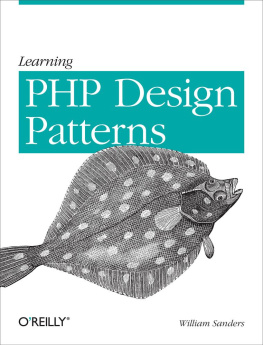Whilst some of the patterns covered in this book were implemented based on personal experience, many of them have been previously identified by the JavaScript community. This work is as such the production of the combined experience of a number of developers. Similar to Stoyan Stefanov's logical approach to preventing interruption of the narrative with credits (in JavaScript Patterns ), I have listed credits and suggested reading for any content covered in the references section.
If any articles or links have been missed in the list of references, please accept my heartfelt apologies. If you contact me I'll be sure to update them to include you on the list.
Chapter 1. Introduction
One of the most important aspects of writing maintainable code is being able to notice the recurring themes in that code and optimize them. This is an area where knowledge of design patterns can prove invaluable.
In the first part of this book, we will explore the history and importance of design patterns which can really be applied to any programming language. If you're already sold on or are familiar with this history, feel free to skip to the chapter '' to continue reading.
Design patterns can be traced back to the early work of a civil engineer named Christopher Alexander. He would often write publications about his experience in solving design issues and how they related to buildings and towns. One day, it occurred to Alexander that when used time and time again, certain design constructs lead to a desired optimal effect.
In collaboration with Sara Ishikawa and Murray Silverstein, Alexander produced a pattern language that would help empower anyone wishing to design and build at any scale. This was published back in 1977 in a paper titled 'A Pattern Language', which was later released as a complete hardcover book.
Some 30 years ago, software engineers began to incorporate the principles Alexander had written about into the first documentation about design patterns, which was to be a guide for novice developers looking to improve their coding skills. It's important to note that the concepts behind design patterns have actually been around in the programming industry since its inception, albeit in a less formalized form.
One of the first and arguably most iconic formal works published on design patterns in software engineering was a book in 1995 called Design Patterns: Elements Of Reusable Object-Oriented Software . This was written by Erich Gamma,Richard Helm,Ralph Johnson andJohn Vlissides - a group that became known as the Gang of Four (or GoF for short).
The GoF's publication is considered quite instrumental to pushing the concept of design patterns further in our field as it describes a number of development techniques and pitfalls as well as providing twenty-three core Object-Oriented design patterns frequently used around the world today. We will be covering these patterns in more detail in the section Categories of Design Patterns.
In this book, we will take a look at a number of popular JavaScript design patterns and explore why certain patterns may be more suitable for your projects than others. Remember that patterns can be applied not just to vanilla JavaScript (i.e standard JavaScript code), but also to abstracted libraries such as jQuery or dojo as well. Before we begin, lets look at the exact definition of a pattern in software design.
Chapter 2. What is a Pattern?
A pattern is a reusable solution that can be applied to commonly occurring problems in software design - in our case - in writing JavaScript-powered applications. Another way of looking at patterns are as templates for how you solve problems - ones which can be used in quite a few different situations.
So, why is it important to understand patterns and be familiar with them?. Design patterns have three main benefits:

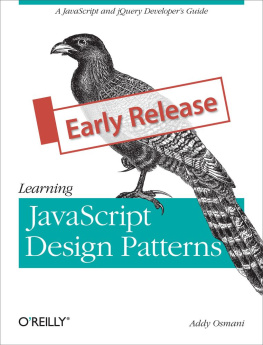
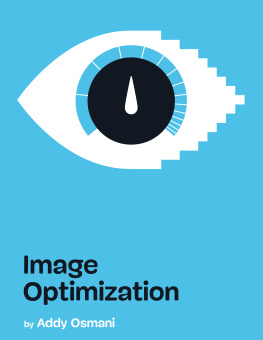
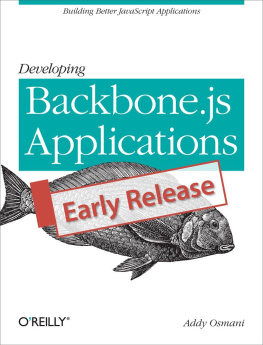


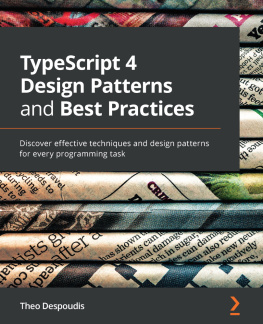
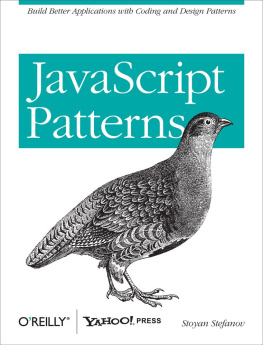
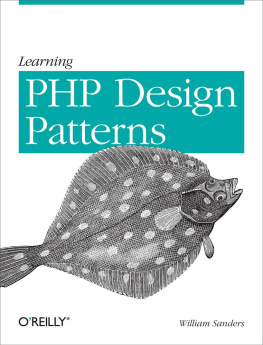
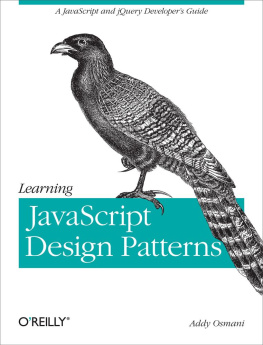


![Addy Osmani [Addy Osmani] - Learning JavaScript Design Patterns](/uploads/posts/book/120569/thumbs/addy-osmani-addy-osmani-learning-javascript.jpg)

